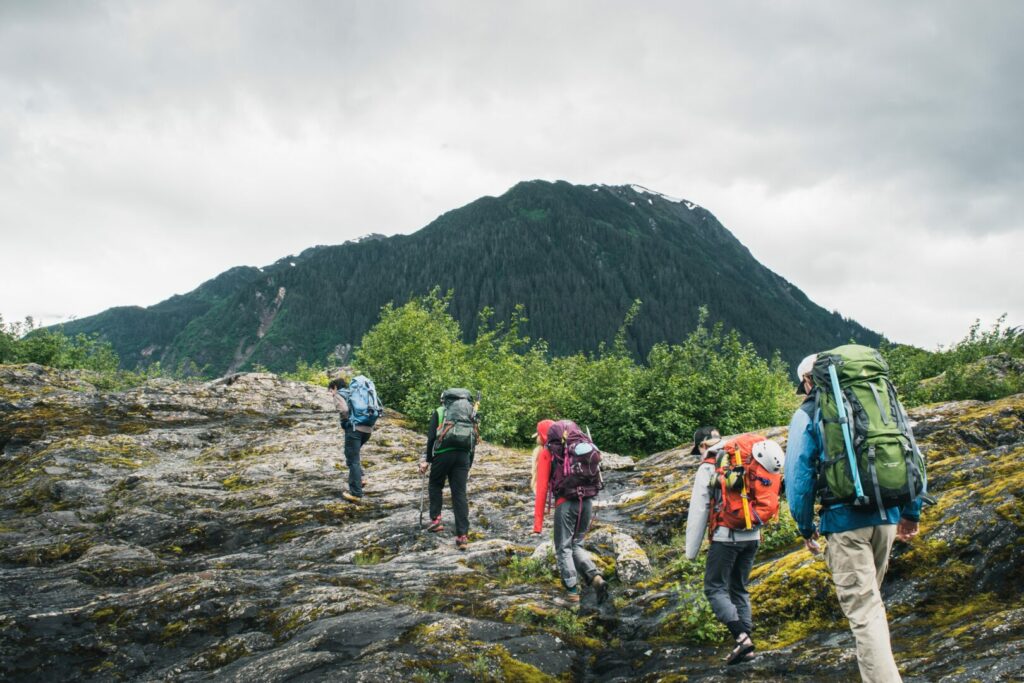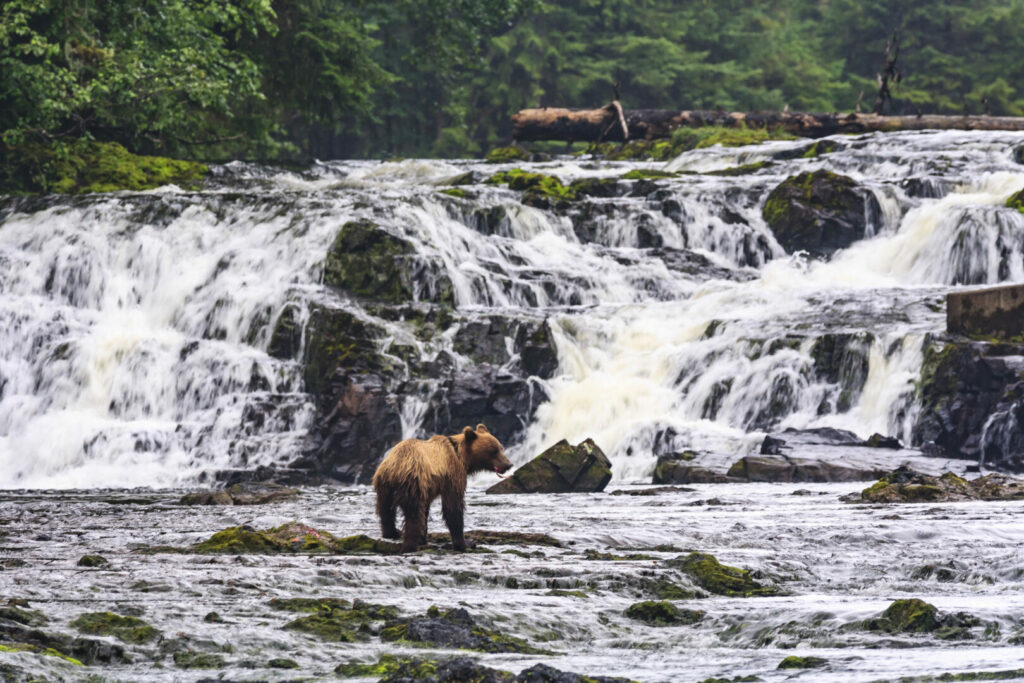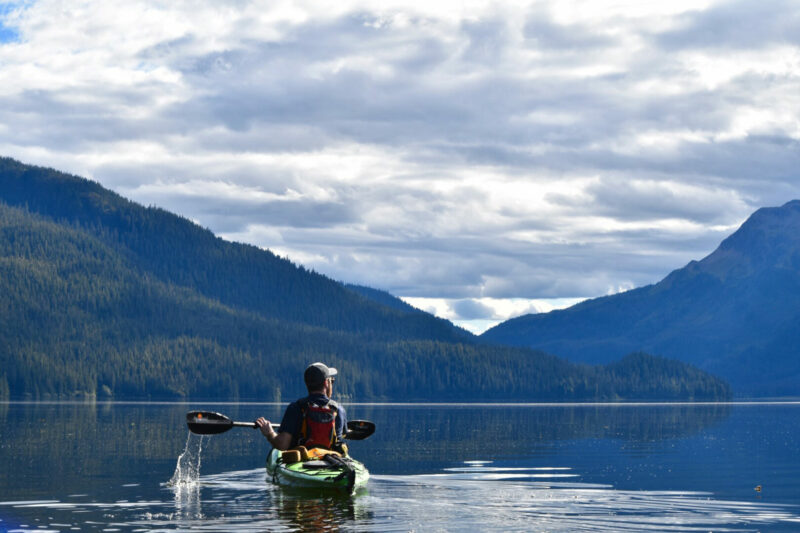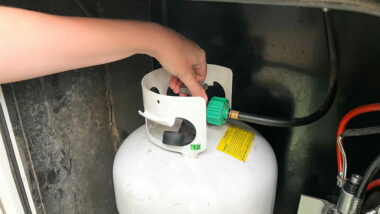Table of Contents Show
It’s a shame that so many people miss out on visiting the state of Alaska. With so much to offer in natural beauty, cultural history, and varied wildlife, we think everyone should flock to this amazing state at least once.
In southeast Alaska along the Canadian border, you’ll find Tongass National Forest, with Yakutat in the north and Ketchikan in the south. This Alexander Archipelago features some of the best wildlife sightings in Alaska. Let’s explore why you should care about this beautiful place in the United States.
Why Is the Tongass National Forest Important?
The Tongass National Forest in Alaska is the largest in the United States, covering nearly 17 million acres. Located in southeast Alaska, it spans almost 500 miles and about 11,000 miles of coastline. It’s also the largest temperate rainforest in the world.
Many natives enjoy the “old way of life” and have many cultural traditions. The Southeast Alaska Discovery Center is a great place to learn more about the native culture. Many species of wildlife call Tongass home. You can visit the Steep Creek Bear Viewing area, Anan Wildlife Observatory, and the Mendenhall Glacier Visitor Center.

Who Owns the Tongass National Forest?
The United States Department of Agriculture and Forest Service manages the national forest. The Tongass Land Management Plan, recently amended in 2016, guides the land management.
What Lives in Tongass National Forest?
If you want to see wildlife in Alaska, then visit the Tongass National Forest. The area has amazing creatures from humpback whales, moose, and brown bears to bald eagles and salmon. Admiralty Island has around 1,700 brown bears while St. Lazaria Island welcomes over 500,000 seabirds. Streams, glaciers, and hot springs offer additional locations for various wildlife sightings and beautiful scenery.
With such a varied landscape, including glaciers, mountains, streams, rainforests, waterways, and islands, Tongass National Forest provides many different habitats. Visitors often book bear sighting or whale watching tours during their visit. But you can also view wildlife as you hike, kayak, and explore the area. Keep your eye open for bald eagles as this area is home to the largest population of these birds in the world.

Do People Live in the Tongass National Forest?
The first nations included the Tlingit, Haida, and the Tsimshian peoples. Now joined by other communities, the Tongass National Forest is home to approximately 70,000 people. The majority of them live in Juneau and make their living as fishermen, guides, hunters, or loggers. The land and water in the area sustain life here, not just for the wildlife but for the people, too.
How to Visit The Tongass National Forest
Almost three million visitors travel to the Tongass National Forest every year. However, it takes quite a bit of effort due to its remote location. You can fly into Juneau and use the Alaska Marine Highway System, air taxis, private boats, or the ferry service to reach destinations within the forest.
Once there, you can reserve one of the 142 cabins spread through the National Forest. Sleeping quarters accommodate two to 15 guests. Depending on the size and location, cost and stay limits vary.
If you travel through Canada in your RV, you may come across several campgrounds in the area. Make sure to pay attention to size restrictions and seasonal closures. Many RVers enjoy the Junior Ranger program for their kids. In 2011, the Tongass National Forest was designated a Children’s Forest. It has the support of many community partners that encourage youth projects.
Pro Tip: If you’re interested in boondocking, here are 11 mandatory rules for boondocking on national forest land.
How Can We Protect the Tongass National Forest?
When you visit the Tongass National Forest, take part in the activities and events. We all can help protect this vast area of beautiful landscapes, cultural traditions, and varied wildlife through continued education and sustainability efforts. The people who live in the national forest depend on the land to survive, but the land also depends on them and the visitors who travel there to protect it.
Consider taking alternative transportation like ferries when you visit. Reduce your waste and pick up trash. Don’t feed the wildlife or leave open containers of food near your campsites. Keep non-native creatures out of the Tongass National Forest by cleaning your hiking boots and cleaning your vehicles before traveling to a new location. By doing these things, you can help protect the area and practice sustainability.
Keep in Mind: In addition to being respectful of the land, here are 10 campground rules you should never break.
Should I Visit?
Tongass National Forest is worth a visit or two. With so many outdoor adventure activities to experience, you may want to return. Imagine seeing a bald eagle, brown bear, and humpback whale all in the same day.
If Tongass isn’t on your list of places to visit, we think it should. Deciding to go isn’t difficult; how you’ll get there might be. What you’ll see will make memories that last forever. So is Alaska calling your name?






